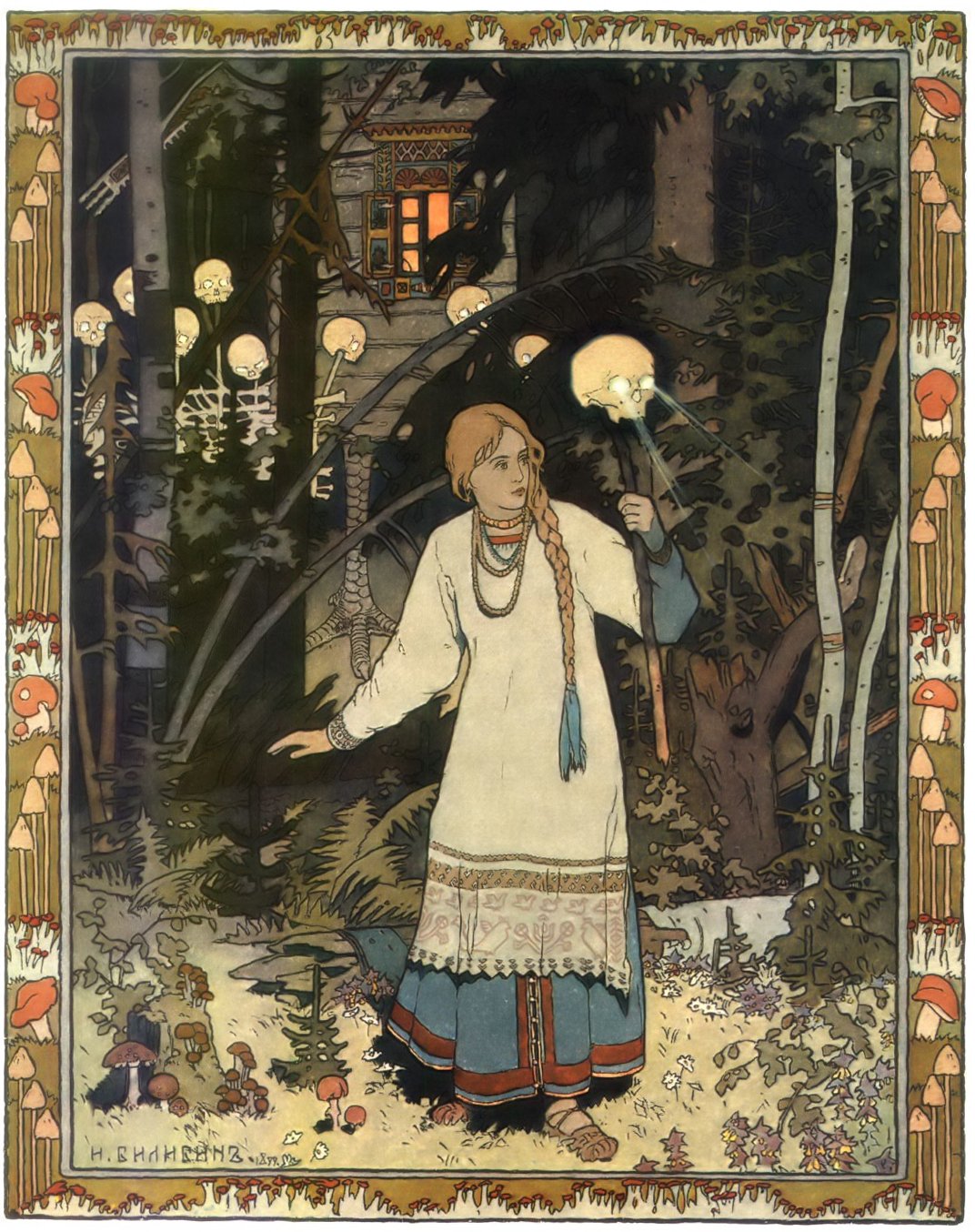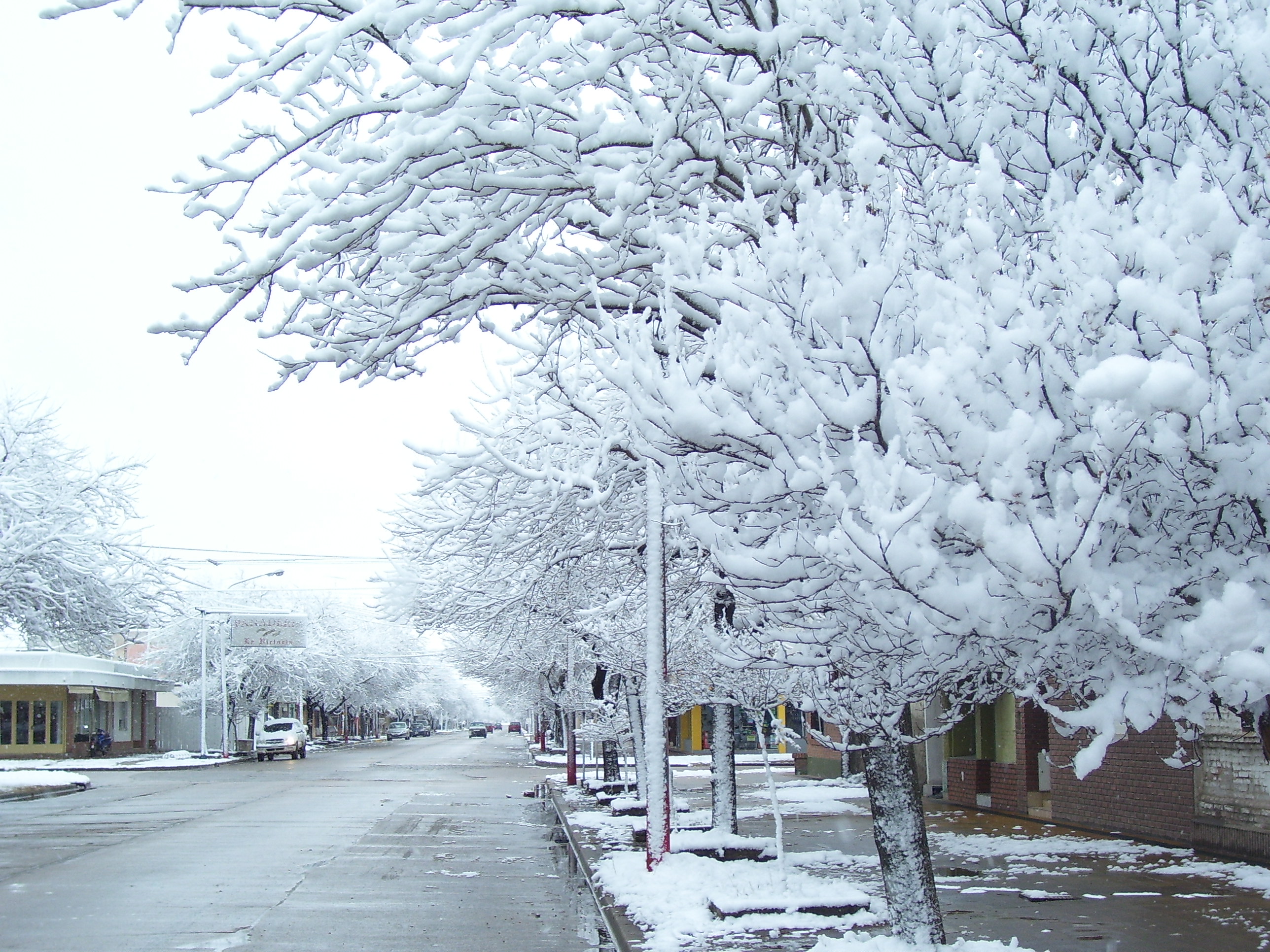For this class this past week I finished most of my assignments before OU-TX weekend holiday started. Which in turn will pay dividends as I will not have to worry about anything being due. In addition, I was able to finish up editing on my last story telling titled "Sinbad the Sailor". I feel as if it turned out really well and gave a nice background to Sinbad and his fortunate and unfortunate events. Also I added another story to my portfolio this week which I thought was one of my stronger story telling’s as of late. It is titled "The Levels of Storytelling" and its sourced from actually two different stories. One story contributed to the style of the delivery and the other delivered the main plot of the story.
In my other classes and extracurricular I was not super busy. I was able to fulfill some of my around the house chores before OU-TX.. I am slightly disappointed that I didn't have any time to play golf, but mowing the lawn, for the last time hopefully, was something that needed to be done. I am not really looking forward to getting back into the groove of things this next week, but I guess every small vacation has to have its end. If not, I think it's called retirement. Anyways, I am soon approaching the point total for the grade I want to achieve in this class and I am looking forward to finishing early. It will really help to relieve stress on my other classes as I come into the crunch time of my other classes. In addition, I am looking forward to colder weather. Although I am not looking forward to getting dark sooner. That will eat into the time to practice golf after I get out of class. Thanks for reading.






